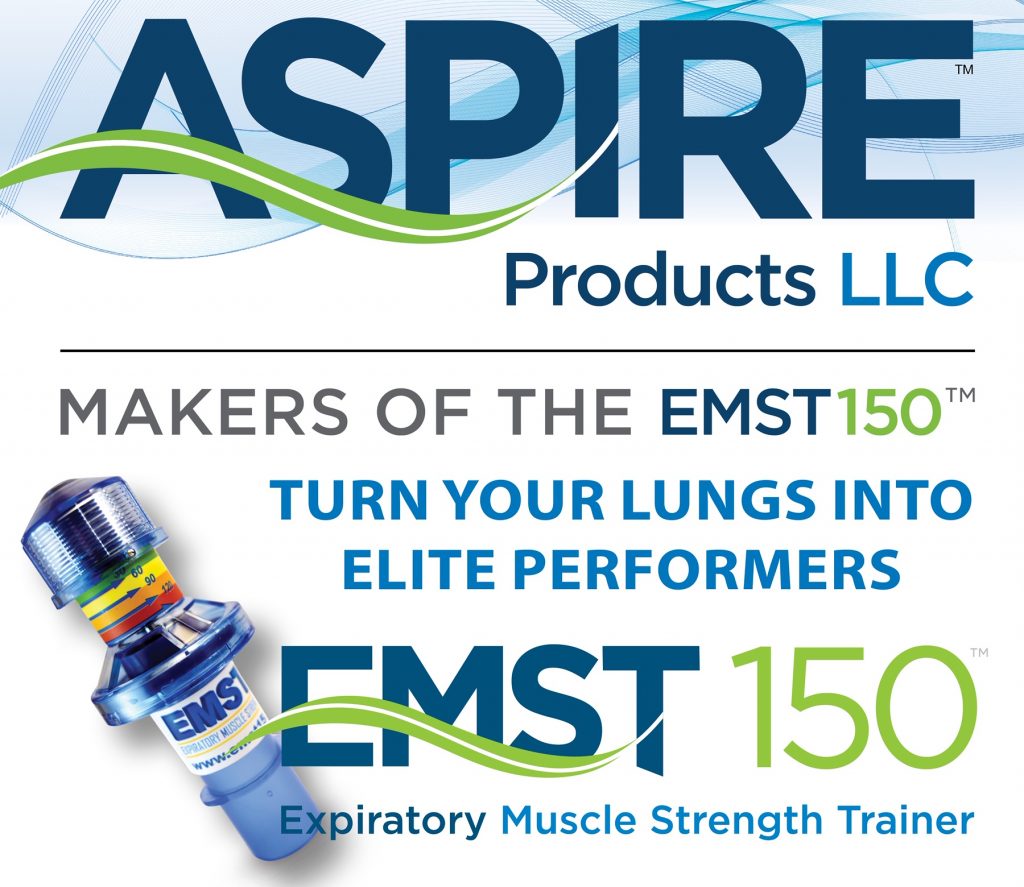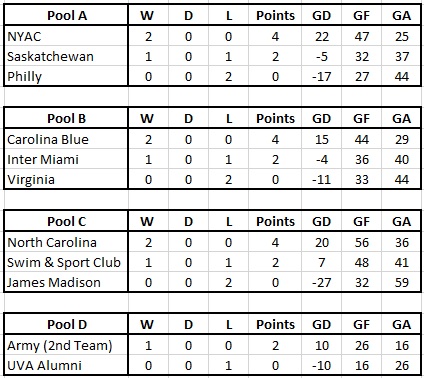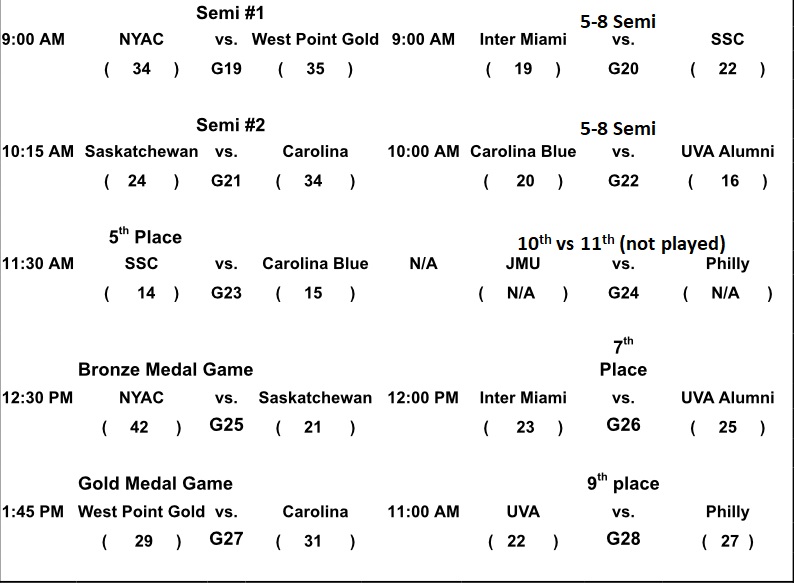
This is part of an ongoing series: Link
Collegiate handball has been identified as a key focus area for developing handball in the U.S. As such, several goals and objectives to move the college game forward have been identified both in the broader USA Team Handball Strategic Plan (drafted in 2018) and in a College Specific Strategic Plan (Feb 2018).
USA Team Handball Strategic Plan
A college and university initiative is identified on page 6.
D. Launch collegiate and university initiative.
- i. Cultivate a competitive university club system across the United States.
- ii. Target four geographies utilize the well-established collegiate club sports model.
- iii. Create regional league competition.
- iv. Host season ending Final Four event.
Target Outcome
- Increase university club programs to 40 (4th Qtr 2020)
Appendix A
- Appendix A references “Univ Teams” several times with targets for the number of teams
- End 4th Qtr 2018: 14 (Accomplished: 15 Men’s Clubs /3 Women’s Clubs)
- End 2nd Qtr 2019: 20 (Not Accomplished 15/3)
- End 4th Qtr 2019: 30 (Not Accomplished 15/4)
- End 2nd Qtr 2020: 35 (Not Accomplished 15/4)
- End 4th Qtr 2020: 40
- End 4th Qtr 2024: 100
- There are several references to the selection and identification of new regions (Accomplished: 5 “hubs” (New York City, Boston, Chicago, San Francisco and Los Angeles) have been selected.
- There are several references to the establishment of regional leagues in the 2018-2020 time frame. (Not Accomplished: There are currently no regional collegiate leagues.)
- A Final Four tournament for top collegiate programs was identified for the 4th Qtr of 2019 (Not Accomplished)
Collegiate Strategic Plan (Feb 1st, 2020)
The Collegiate Strategic Plan was developed by a Collegiate Working Group and provides more detail on collegiate goals and objectives. However, in my opinion, (similar to the more broad USATH Strategic Plan) it strays in some instances into what might more accurately be described as near term action plans. Here is an over of the plan’s contents:
- 2050 Vision
- Team Handball is a sanctioned NCAA Sport
- Scholarship sport that competes for the best athletes
- Widespread media presence
- Handball is a recognizable, established major sport in America
- 2019-2022 College Strategic Plan Goals
- 1) Create a comprehensive and streamlined starter pack to allow a college student to create a college handball program in a semester and supply a resource person.
- 2) Have sustainable clubs playing 15 games per season in 72 colleges, including 36 women’s teams.
- 3) Have the structures and systems in place to grow participation of college club players by 400%.
- 4) Assemble the necessary capacity to achieve the goals of this plan.
- 5) Raise sufficient funds to achieve the goals of this plan.
In my opinion goals 1 and 4 are near term actions that will be implemented to support goals 2 and 3. Goal 5 is probably more suited for a broader discussion on fundraising. As I think they are more “strategic”, here’s a closer look at goals 2 and 3:
- Goal 2: Have
sustainable clubs playing 15 games per season in 72 colleges, including 36
women’s teams.
- 2.1 Recruit colleges proximal to existing clubs
- 2.2 Establish new clubs in locations with a
concentration of colleges based on receptivity and leadership
- 2.2.1 Achieve 40 colleges by end of 2020
- 2.3 Provide competition structure leading toward
a National Championship in order to enable the best teams in the country play
each other
- 2.3.1 Consider two-season structure to enable cross-regional competition
- 2.3.2 Publish competition structure well in advance to enable maximum participation
- 2.4 Develop and implement a path to ensure club succession and continuation of administration
- 2.5 Provide support from USATH ambassador
- Goal 3: Grow participation of college club players
by 400 percent
- 3.1 Raise the profile of team handball
- 3.1.1 In concert with USATH, develop and implement a comprehensive promotion plan to have handball recognized across the country
- 3.1.2 Offer resources for parents, coaches, athletes
- 3.1.3 Focus on benefits of participation
- 3.2 In concert with USATH, ensure a pipeline of athletes to join college clubs using the Athlete Development Model
- 3.3 Support established clubs
- 3.4 Provide pathway for athletes post college, e.g. national team, city clubs, coach, referee, volunteering
- 3.1 Raise the profile of team handball
Discussion
In broad terms, I would assess that the overall goal of collegiate development is to:
- Increase the number collegiate athletes, clubs and leagues (Increase participation)
- Improve the level of collegiate play
Increase Participation
In terms of increasing the numbers of athletes, clubs and leagues several targets have been presented, but they could use further definition. Here are some clear targets that I emphasized in bold face in the text above:
- Have sustainable clubs playing 15 games per season in 72 colleges, including 36 women’s teams.
- Grow participation of college club players by 400 percent
Of particular note, the text highlighting “playing 15 games per season”, seems to provide a benchmark for a club program. Essentially, making the point that there’s a significance difference between a club that plays 15 matches and a club that holds a couple of practices and plays in one weekend tournament. If that is the definition of a collegiate club it also decreases the # of clubs. Using the 15 match requirement for the last two seasons, there would have been this many clubs
- 2018-19 (9 Men/2 Women)
- 2019-20 (7/3) (I used 10 matches as the season has been shortened)
Participation growth is not defined, but it would logically have a strong correlation with the growth of the # of the clubs. Depending on the “start date” and the number of existing clubs at that point in time one can then project the number of clubs needed to obtain 400% growth. As an example, the U.S. had 15 men’s collegiate clubs and 3 women’s collegiate clubs during the 2018-19 season for a total of 18 clubs. 400% growth would then be 90 clubs. If one uses an average of 15 athletes per club, the total number of collegiate athletes for the 2018-19 season would be 18 clubs x 15 athletes for a total of 270 collegiate athletes. 400% growth would equate to 1,350 athletes by the end of 2022. And, of course, participation could also be simply assessed by totaling up the annual number of collegiate USA Team Handball memberships from year to year.
Improving the Level of Play
In terms of improving the level of play I would assess that both documents could use more specific targets related to accomplishing this goal. The USA Team Handball Strategic Plan mentions “Athletes identified out of University Programs” in a few places and references “pipeline development”, but there is not much “meat on the bones.” The Collegiate Strategic Plan included several bullet points that point to improving collegiate competition, but lacks measureable targets.
Here, though are some potential candidates:
- USA Performance in World University Handball Competitions: Link (Actually participating would also be good. It’s doubtful that the 2020 Championship will take place, but 2022 could be a possibility.)
- Numbers of collegiate athletes (Current/Former) on Youth (U19), Junior (U21) and Senior national teams
- Numbers of collegiate athletes being identified for further development by International Clubs
- Numbers of collegiate athletes transitioning to U.S. Clubs
I haven’t identified the actual numbers (and dates) that should go with these targets, but would suggest that the Board of Directors consider adding these targets (with dates/numbers) for future updates to the Strategic Plans.
That wraps up “What we want” for College development. Part 3 will take a closer look at Fundraising and Marketing





















